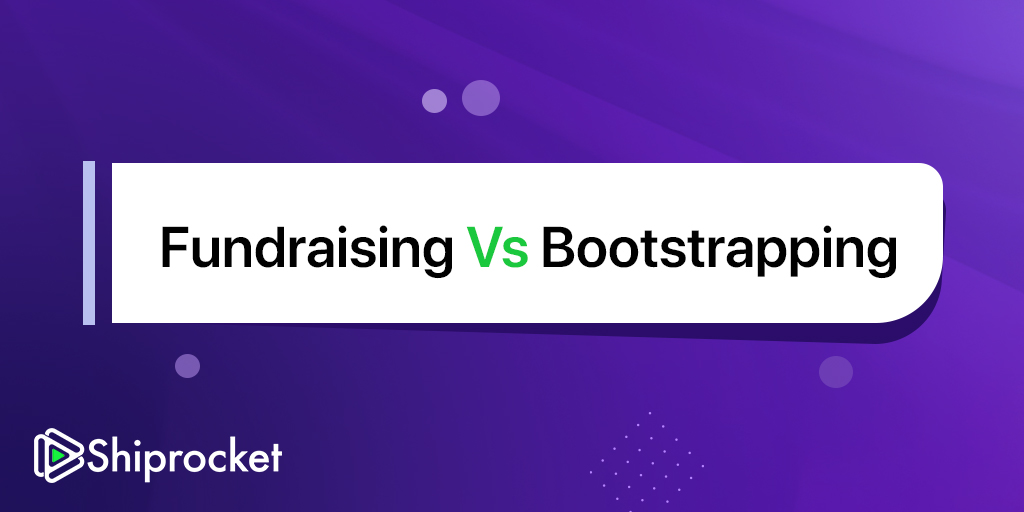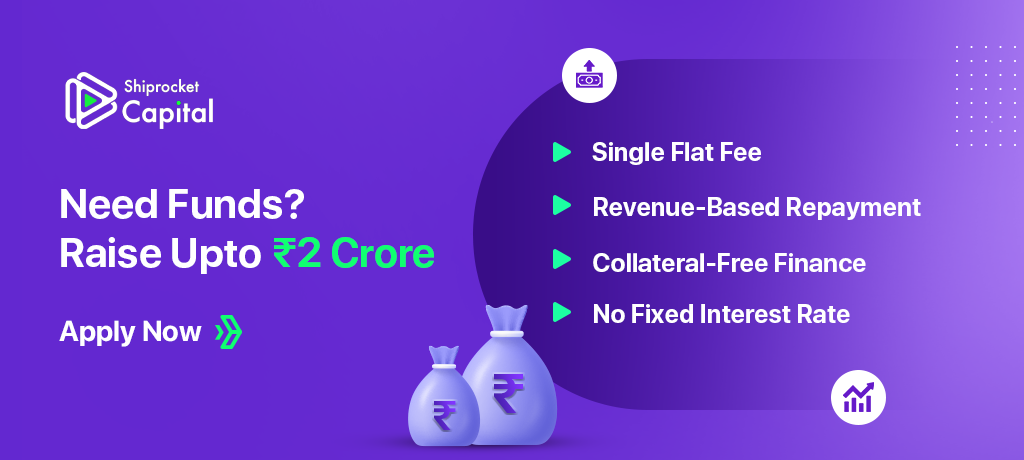The Startup Funding: How To Raise Money Like a Unicorn
- The Startup DNA:
- Fundraising vs Bootstrapping
- Ongoing Product Development:
- Hiring:
- Cost of Goods Sold:
- Physical Premises:
- The Problem of Competition:
- The Fundraising Journey:
- Investment has increased massively:
- If there’s a bubble, it hasn’t burst:
- The earlier the round, the riskier it is:
- Most investment takes place in the enterprise:
- Seeds are the new series A:
- Startup Investors:
- Pitching to Investors:
- Closing Thought:

Fairytale stories of multi-billion firms abound, from Facebook to Workday, Airbnb to Dropbox. In each case, two pieces of information piqued their interest: the company’s astronomical valuation and the financing they received to get there. Indeed, the correlation between investment and business success appears so pervasive that many startup founders rush headlong into the jaws of eager investors. However, we must delve into the startup investment world to determine the relationship between startup fundraising and the remarkable growth these companies have experienced.
First, we’ll address two critical questions: why do entrepreneurs raise money in the first place, and how do they do it? Is startup finance a must-have for success?
The Startup DNA:
To answer these issues, we must look into a startup’s DNA. The term “startup” now includes anything from post-IPO tech behemoths to self-funded artisanal bakeries. The term startup originally referred to a company with only one distinguishing feature: it was built to multiply. Many of the qualities we associate with successful startups (such as venture capital, a large exit, and the software-as-a-service business model) are essentially side consequences of this broader growth strategy. In other words, the defining characteristics of today’s most successful startups (such as HubSpot, Facebook, and Snapchat) emerged as solutions to a single problem: growth. This is why, for most successful businesses, fundraising is an integral aspect of their development strategy: it provides the money required for quick expansion.

Fundraising vs Bootstrapping
Whether or not a startup is funded, there are a few high costs that all entrepreneurs must cover, especially in the early stages:
Ongoing Product Development:
From the Minimum Viable Product to the finished product, continual development is likely to be one of your startup’s most expensive expenses.
Hiring:
Top talent is critical for any successful firm, whether you’re looking for a co-founder, first employee, or VP Sales.
Cost of Goods Sold:
Cost of goods sold is a term that describes the necessary costs of marketing and delivering your solution. Regulatory and licensing costs, application hosting fees, and customer support are examples of SaaS costs.
Physical Premises:
It would be best to have the revenue to fund product development, but you also need payment to support product development. A self-funded corporation has no choice but to pay these expenses out of earnings, resulting in a real-life situation. It’s still possible to achieve the same lofty heights as some well-funded startups, but it’ll take a long time before you can make crucial hiring, move, or increase your product development, sales, and marketing budget.
The Problem of Competition:
When competing startups can acquire finance, this becomes a severe issue. They’ll hire ex-Google employees while you’re looking for a remote developer. They’ll have a lot of money and won’t have to make the same sacrifices you did:
- They’ll be making money while you’re creating a beta waiting list.
- They’ll be networking in the Valley or the Bay Area while you’re stranded in a basement in the middle of nowhere.
- A funded company has a significant edge over a bootstrapped startup right away. Even if you want to take your time and expand through revenue, your choice may be taken away from you if a competitor chooses to finance.
- You can bootstrap your startup to success in a competitive ecosystem, but it’s likely to be faster and safer to expedite the process with financing.

The Fundraising Journey:
So far, we’ve discussed why funding is necessary. We can begin to look at how and the process companies go through when it comes to raising funds.
Several persistent factors have reshaped the way startups raise capital over the previous decade. To completely comprehend why modern-day investment looks the way it does, we must first understand the following changes:
Investment has increased massively:
There are peaks and troughs in fundraising, which are usually caused by exuberant over-investment followed by reactionary belt-tightening. Despite these variations, the overall fundraising trend is positive: companies raise more cash at higher valuations year after year.
If there’s a bubble, it hasn’t burst:
Many have speculated about an investment bubble due to the rise in corporate valuations and ever-increasing round sizes. However, the data so far indicates that present slowdowns are only temporary.
The earlier the round, the riskier it is:
The types of investors attracted to a venture, as well as the amounts raised, are influenced by perceived risk levels: Expect risk-loving angels and VCs to flock to early-stage investing, while risk-averse financial institutions flock to later-stage fundraising.
Most investment takes place in the enterprise:
The enterprise accounts for 80% of venture capital investments, with enterprise software accounting for the lion’s share of those investments, second only to the expanding biotech industry.
Seeds are the new series A:
This steady increase in Investment has resulted in fundraising inflation, with entrepreneurs expected to work harder than ever before for each round of funding. Even a new term has entered the fundraising vocabulary: pre-seed Investment.

Startup Investors:
From the world of startup incubators, startup fundraising is fuelled by a diverse array of investors. From philanthropic ex-founders to massive financial institutions, your choice of investor has far-reaching consequences for the capital, guidance, and direction you can expect from each funding round.
So to help you understand the different types of investors (and their different agendas), it’s time to separate the incubators from the accelerators and the micro-VCs from the super-angels.
Pitching to Investors:
Your business requires funding. To get it, you’ll have to stand out among the hundreds of other startups seeking money and persuade investors that you’re not going to be one of the 90% of newly-founded businesses that fail. Big-name angels and venture capitalists, on the other hand, are swamped with investment opportunities. Before you can reach the decision-makers, you’ll need to persuade associates and analysts. Even so, you’ll only have a few minutes to make them fall in love with your business and unlock their wallet. Most investors use a simple tool to help them distinguish between the donkeys and the unicorns: the pitch deck. This brief slide presentation is intended to persuade potential investors that your startup is a must-invest in opportunity.
Closing Thought:
It takes a lot of effort to start a business. The great majority of new firms fail, and those that survive long enough to attract funds have a very low probability of becoming unicorns.
However, between the billion-dollar outliers and the crowded startup graveyard, there is a zone of tangible, attainable achievement. Thousands of startup founders succeed in putting their idea into reality each year, creating businesses that improve their lives and the lives of thousands of others.
These are the founders who steer clear of the pitfalls that plague new businesses:
- We’re out of money.
- The incorrect people were hired.
- ignoring the importance of sales and marketing
- getting beaten in a race
While no amount of money can remedy a startup that never finds Product/Market Fit, many of these issues may be rectified by using money wisely and strategically to provide your startup with the resources, talents, expertise, and network it needs to scale. On the other hand, startup fundraising isn’t a solution or a requirement for success – it’s a tool. And, in a competition amongst innovative, dedicated founders, the tools they each have at their disposal can make the difference between success and failure.







